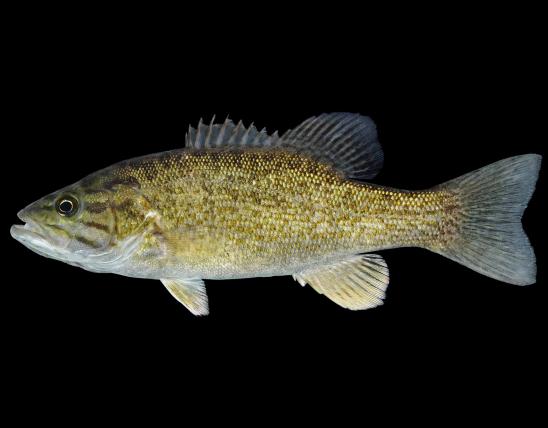Annual Prospects Report
Smallmouth bass can be caught in good numbers throughout the North Fork of the White River. Most of the fish will be 12-15 inches. However, there are decent numbers of quality fish which exceed 15 inches. Jigs, crankbaits, and soft plastic baits are good choices for catching smallmouth bass (soft plastics cannot be used in the Blue Ribbon Trout Area). Goggle-eye also occur throughout the river, but anglers can expect lower catch rates after recent floods. These fish can be caught on the same type of lures as smallmouth, but generally smaller versions are more productive. Be sure to concentrate fishing efforts in and around aquatic vegetation, boulders, and rootwads.
In-stream and riparian habitat has been naturally changed by a record 1,000-year flood experienced in 2017. Anglers can expect to catch quality trout in a variety of lengths, but overall should expect significantly fewer numbers of trout, when compared to the pre-flood years, in 2024. Catch-and-release practices are recommended to help sustain trout numbers while the population recovers from the record flood. The Blue Ribbon Trout Area (BRTA) (from Rainbow Spring to Patrick Bridge Access), is still the best-bet for rainbow trout. Anglers will continue to notice that the body condition of these fish is very good. Wooly buggers , pats rubber legs, and prince nymphs bounced along the bottom are traditionally good wet fly patterns, while Adams and elk hair caddis dry flies work well when fish are surface feeding. Crayfish and minnow imitating crankbaits as well as various spinners are also effective. The opportunity to catch Brown trout in the Red Ribbon Trout Area (RRTA), from Patrick Bridge to Norfork Lake, has declined since the record flood in 2017. Anglers should expect the majority of brown trout to range from 12-15 inches, but also expect fewer numbers of brown trout, when compared to the pre-flood years, in 2024. Quality brown trout also migrate into the BRTA and can be pursued with streamers. To catch more brown trout, try fishing during the sunrise and sunset hours. Stocking of brown trout will continue in the spring and fall to provide anglers with quality fishing opportunities. Anglers can also expect more abundant numbers of black bass, striped bass, and other warm-water species migrating into the RRTA and BRTA due to the recent spring high water events and sustained high water Norfork Lake levels throughout the summer.
On the North Fork, MDC maintains the Hebron, Blair Bridge, and Patrick Bridge accesses in Douglas and Ozark counties within the Ozark Region. For directions to these accesses visit mdc.mo.gov/atlas.

























